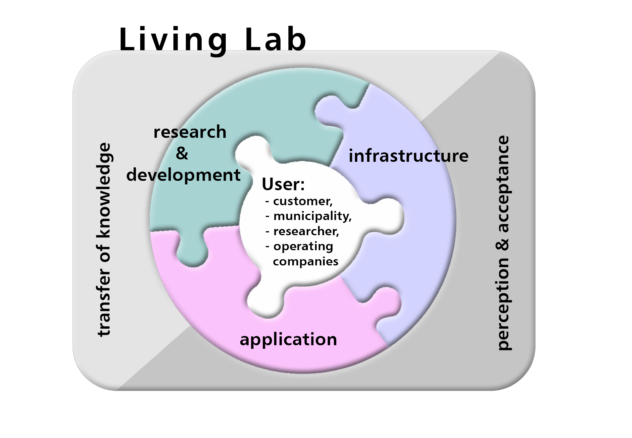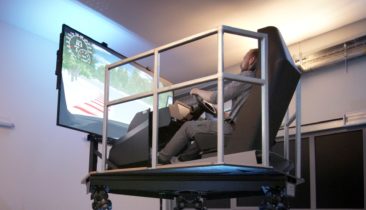The research project "KREATÖR"
CAMIL's accompanying scientific research
The route service of CAMIL is scientifically accompanied by the Thüringer Innovationszentrum Mobilität (ThIMo) in the project "KREATÖR – radio and vehicle technologies for automated passenger transport in public spaces" in the sense of a living lab.
The route from the railway station to the campus of the TU Ilmenau becomes a real laboratory or "living lab", as research into new mobility concepts does not only take place on the computer or in the laboratory, but also in real traffic, embedded in a social context. Four research groups of the interdisciplinary institute for mobility research are dedicated to the research and development of innovative radio and vehicle technologies in this project. A fifth research group is concerned with the risk perception and acceptance of the technology among passengers and the media public.
Although highly automated minibuses have already been deployed at other locations in Germany and other European countries (including Gera, Bad Birnbach, Hamburg), this high-level interdisciplinary accompanying research and further development in Ilmenau is an important distinguishing feature.
The project is funded by the Thuringian Ministry for Economy, Science and Digital Society in the funding format "Innovation Potentials" with around two million euros and managed by the Thüringer Aufbaubank.



